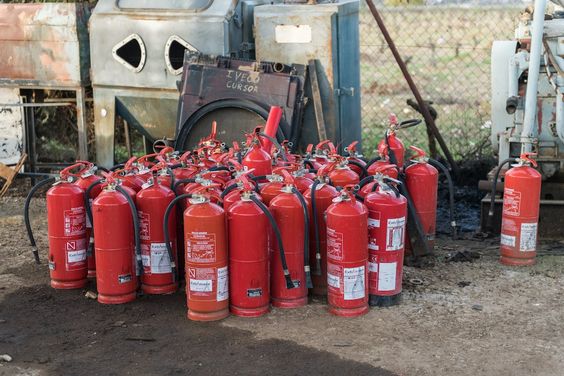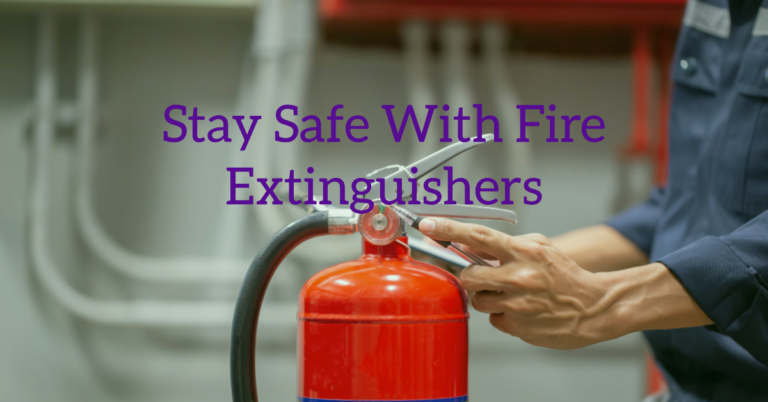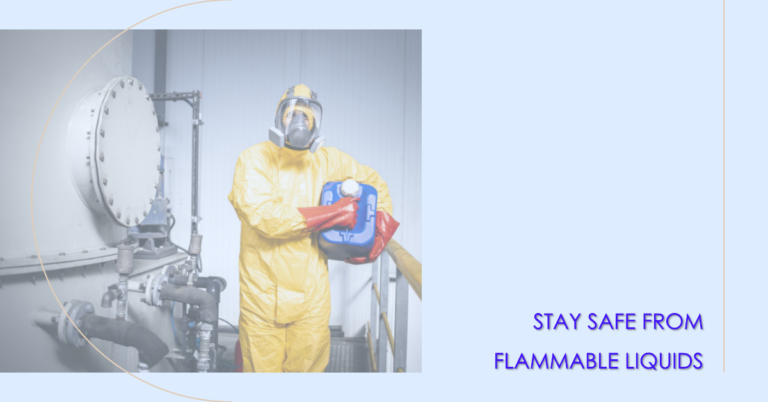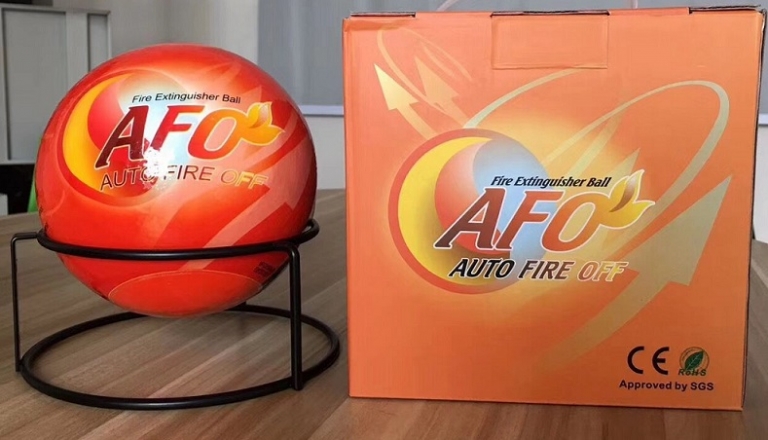Last Updated on March 18, 2024 by Allen
When we need to get rid of an old fire extinguisher, start by checking the expiration date to make sure it’s still effective. Next, empty it in a safe place by releasing the pressure outdoors. Contact your local hazardous waste facility for disposal guidance specific to your extinguisher type. Consider recycling or using proper disposal methods to protect the environment. Finally, think about recharging or refilling the extinguisher for continued use. More helpful tips await for thorough handling of fire extinguisher disposal.

Key Takeaways
- Check the expiration date for safety.
- Empty the extinguisher in a safe area.
- Contact local hazardous waste facility for guidance.
- Recycle or dispose of properly.
- Consider recharging or refilling for reuse.
Check the Expiration Date
To guarantee the effectiveness of your fire extinguisher, regularly check its expiration date. Expiration dates are essential indicators of when a fire extinguisher may no longer function correctly in case of an emergency. Look for the date stamped on the extinguisher label, usually located near the bottom. If your fire extinguisher has passed the expiration date, it’s vital to replace it promptly to assure your safety and the safety of others.
Checking the expiration date is a simple yet important task that should be part of your regular household maintenance routine. By staying proactive and keeping track of the expiration dates of your fire extinguishers, you can be confident that they’ll work effectively when needed most.
Empty the Fire Extinguisher
If your fire extinguisher has expired, the next step is to empty it safely before disposal. To empty the fire extinguisher properly, follow these steps:
- Discharge Outdoors: Take the fire extinguisher outside to a safe open area where the discharged contents won’t cause harm.
- Pull the Pin and Squeeze the Handle: Pull the safety pin and squeeze the handle to release the pressure inside the extinguisher.
- Sweep Side to Side: Sweep the extinguishing agent from side to side until the pressure is fully released.
Contact Local Hazardous Waste Facility
You should contact your local hazardous waste facility for guidance on the proper disposal of your used fire extinguisher. These facilities have the expertise to handle hazardous materials safely and can provide you with specific instructions tailored to your location. When reaching out to them, be prepared to provide details about the type of fire extinguisher you have, as different types require different disposal methods.
Local hazardous waste facilities often have designated drop-off locations or scheduled collection days for hazardous materials like fire extinguishers. They can advise you on the best way to transport the extinguisher to their facility safely. Additionally, they may inform you about any regulations or guidelines you need to follow when disposing of the extinguisher.
Recycle or Dispose of Properly
After reaching out to your local hazardous waste facility for guidance on disposing of your emptied fire extinguisher, you can now explore whether to recycle or properly dispose of it. When it comes to handling your fire extinguisher, here are some options to contemplate:
- Recycling Center: Take your empty fire extinguisher to a recycling center in your area. Some facilities may accept metal fire extinguishers for recycling, ensuring that the materials are reused in an environmentally friendly way.
- Household Hazardous Waste Collection: Check if your local waste management offers a household hazardous waste collection program. This service may allow you to safely dispose of your fire extinguisher along with other hazardous materials.
- Manufacturer or Retailer Programs: Some fire extinguisher manufacturers or retailers have programs in place to accept old extinguishers for proper disposal or recycling. Contact them to inquire about their specific procedures for returning extinguishers.
Consider Recharging or Refilling
Reenergizing or replenishing a fire extinguisher can prolong its usability and guarantee its readiness for emergencies. If your fire extinguisher has been used or has lost pressure, consider recharging or refilling it rather than disposing of it. This process involves taking the extinguisher to a professional service that specializes in refilling and repressurizing extinguishers. They’ll assess the extinguisher’s condition, refill it with the appropriate extinguishing agent, and make sure that it’s pressurized to the correct level.
Recharging or refilling a fire extinguisher is a cost-effective way to make sure that your extinguisher remains functional and ready to use. It’s also a more environmentally friendly option than disposing of the extinguisher, as it reduces waste and allows you to continue using the same device. Remember to check the pressure gauge on your extinguisher regularly and have it refilled whenever it’s used or shows signs of low pressure. By recharging or refilling your fire extinguisher, you’re investing in your safety and preparedness for potential fire emergencies.
Conclusion for Proper Disposal of a Fire Extinguisher
Fire extinguisher disposal remember to always check the expiration date of your fire extinguisher before disposing of it. Empty the extinguisher and contact your local hazardous waste facility for proper disposal instructions.
Consider recycling or disposing of it properly to make certain it doesn’t harm the environment. If possible, think about recharging or refilling the extinguisher to extend its usage and effectiveness.
Related Tag:
Where to recycle fire extinguishers near me
Home Depot fire extinguisher disposal
Free fire extinguisher disposal
Fire extinguisher disposal cost
Waste management fire extinguisher disposal
Can you recycle fire extinguishers for money
How to dispose of fire extinguisher powder
Who buys old fire extinguishers





